Better retailing starts with design-thinking
Design is about solving problems. But too often, B2B software companies focus more on one-upping the competition by constantly adding new features instead of meeting their customers’ needs. Product decisions are made by teams of engineers and business folk, rather than designers or user-experience experts.
This makes software ‘sticky’ for all the wrong reasons, with customers needing a lot of training to get set up and new features meaning even more training. Eventually, you end up with many specialists in that particular program, making it a pain to change providers. And you couldn’t even if you wanted to because licensing contracts are typically more than three years with six-month notice periods. Far too often, this is just the way it is.
User experience isn’t a fundamental part of a lot of B2B software strategies. But it can be, should be, and it is for us. And in travel, that amounts to simpler, more satisfying retailing experiences.
The development of design-led products
Today, we take the convenience and simplicity of a SaaS software model for granted. But it’s only in the last decade – thanks to high-speed internet – that in-browser delivery has replaced software installation via disc or download.
Within a few years, this change has opened up a world of choice and convenience for consumers. Products can now be accessed instantly and updated regularly, rather than waiting two years for another release/installation. And as a result, the changing provider is now as easy as opening a tab and entering your card details.
But the world of B2B products hasn’t moved as quickly as B2C – because it didn’t have to. The mindset of adding new features persisted, and so did the habit of pushing complexity onto users. However, once B2B disruptors started building SaaS products, customers began to expect that as standard, forcing wide-scale change.
Design changes in travel
Consumers today are better positioned to compare products and make the switch. No industry is exempt from this disruption, including travel. In this way, design has shaken up even traditional industries, like retail banking. If you ask people why they prefer Revolut to a traditional high-street bank, they’ll probably say “because it’s faster, cheaper, easier, and more fun to use.” The experience economy has become a competitive arena, and travel is feeling it, too.
Although travel desktop booking platforms are highly technical – with complex rules and cryptic interfaces designed to save time – often, the UX leaves a lot to be desired. Rich user interfaces are progressing but usually just mask the same old complex setup with a glossier storefront. Meanwhile, travel API design has continued with only developers from within our industry in mind, making it hard to hire from elsewhere.
In short, a lot of the change has been superficial. Travel still desperately needs better user experiences that save time, enable upsell and cross-sell, and help with complex tasks like comparing offers, evaluating seat maps, and exploring hotel properties. And beyond the desktop, travel needs a lightweight API design that’s more consistent with other industries.
Travelport has a team dedicated to designing and building consumer-grade apps, like easyJet’s. This expertise is now at the heart of designing Travelport+ products and improving the experience to give the B2B market a consumer-grade experience, too. This is helping us create the next generation of simpler, more effective Cloud-based products.
The ingredients for design-thinking
Understanding problems lets you solve problems. But many companies are struggling to get this bit right. At Travelport, we’ve developed a set of design best practice principles from thousands of hours of user research, which help us stay true to solving our customers’ problems above all else.
Obvious over subtle
It’s easy to overcomplicate things. Keeping it simple starts with focusing on what’s most important. For example, 70% of travel agents’ calls are to ask: “can I change my flight?” They waste a lot of time looking for the answer: “yes”, “no”, or “it’ll cost you.” Agents tell us they need to be able to find this information above all else easily, but normally it’s hidden away in complicated rules, terms and conditions. So, we prioritized that need – providing agents with a yes or no answer and some indication of cost – rather than taking the old B2B approach of making the agents figure it out for themselves.
The right stuff, not all the stuff
In travel, there are lots of choices. One of the biggest challenges consumers and agents face is navigating that choice. The wrong approach is showing every option and forcing the customer to wade through all of it to decide. Instead, the focus should be on showing what we know matters most – not guessing what might be most important. It’s about showing the right offers to the right person at the right time.
For example, we know from research that agents searching for hotels really just want to see a few bits of critical information in the initial search response. They focus on (1) the lowest price that meets their requirements and (2) the rate status (non-refundable vs refundable). Both pieces of data are critical in the initial set of results, so the agent can then focus on other important criteria, like amenities and location.
Consistent over novel
Better user experiences are created through familiar patterns that make customers feel at home using your products. We know there’s a generation of agents who know and love cryptic interfaces – that’s why we’re building our next generation Smartpoint Cloud to support existing ways of working and transition everyone to a new world of choice in travel retailing.
We have also created a design system to deliver greater consistency across our entire product suite. That means a set of guidelines and components – like buttons, icons, logos, and colors – that helps us create better user experiences.
Design systems are used by the best brands everywhere, from Salesforce to BBC. If you use any Google apps or an Android smartphone, you will be very familiar with Google’s Material design system, even if you have never heard of it. The material design makes Google’s products feel like Google products, even on an iPhone. At Travelport, our Atlas Design System helps us work at scale to quickly build better, more coherent experiences for our customers.
Channeling feedback into design
Because customer needs are constantly changing, you need to get continuous product feedback. That’s how you keep product roadmaps focused on customer needs. But the travel industry has traditionally used slow feedback loops, where software providers build a product, release it, and monitor usage, with a feedback cycle, planned every 12 months or so. And that makes these companies less agile.
Consider the earlier example about flight-exchange eligibility. During the pandemic, we dove deeper into customers’ specific needs in this area and responded with a new solution. Rather than simply moving on to the next feature, we then validated that it worked in practice. It did, and it’s been invaluable during Covid-19.
On the other hand, product telemetry lets companies react to change as quickly as possible. We’ve been building products based on customer data we’re capturing, looking beyond research to product analytics and heat maps to improve the design. This isn’t revolutionary in B2C, but it’s something B2B companies have been slower to adopt. Tools like Google Analytics and FullStory can help you understand how your product is being used. You learn faster and therefore improve faster.
Designing simpler travel retailing experiences
Well-designed products enable simpler, better travel retailing. When decision-making is easier, agents don’t have to click between multiple tabs to compare offers. That makes them faster and more efficient. The same goes for platforms that offer greater self-service. But that all requires trust — trust that they’re seeing the right offers, and trust that their software is designed to meet their needs.
B2B software providers need people to continue using their product because they want to, not because it’s too complicated to change. They can do that by focusing on solving customer needs and making their life easier. Design is the way to do this, and that’s why design-led products are competitive products. In travel, they offer agencies an entirely different kind of value — and the bookings prove it.
If you liked reading this, you might like our other stories
Ready For Experiences Beyond Travel?
How Smart Is Your Contact Center?







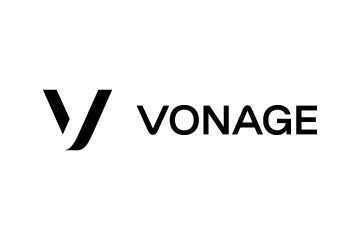
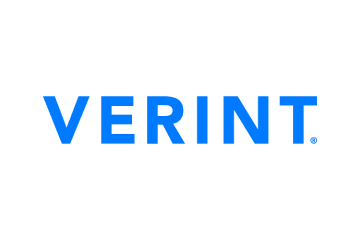
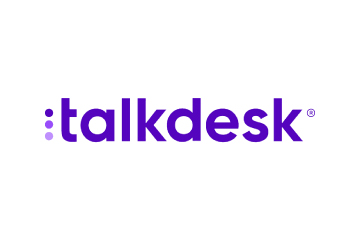

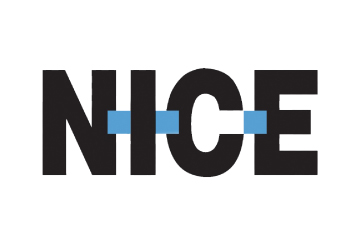


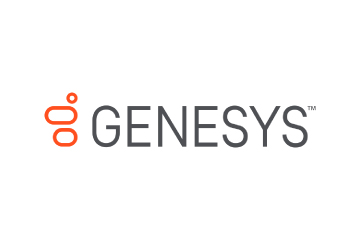
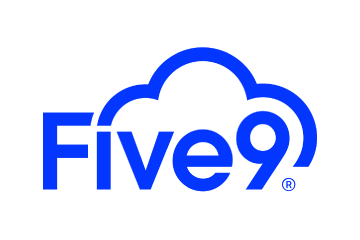


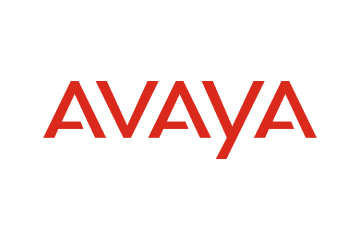
 Amplitude is a product analytics platform, enabling businesses to track visitors with the help of collaborative analytics. The platform leverages the capabilities of
Amplitude is a product analytics platform, enabling businesses to track visitors with the help of collaborative analytics. The platform leverages the capabilities of 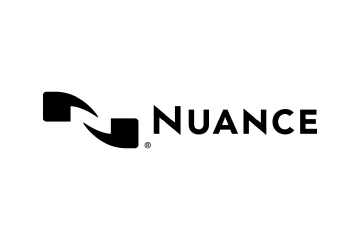

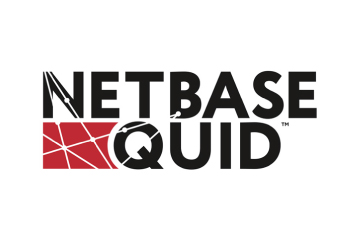
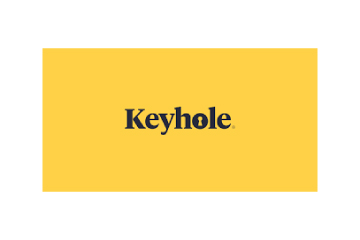
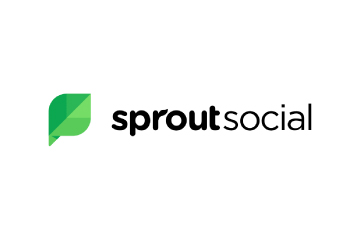
 Zoho Social, a part of Zoho’s suite of 50+ products, is a comprehensive social media management platform for businesses and agencies. The Zoho Social dashboard includes a robust set of features, such as Publishing Calendar, Bulk Scheduler, and Approval Management to offer businesses all the essential social media publishing tools. Its monitoring tools help enterprises track and respond to relevant social conversations.
Zoho Social, a part of Zoho’s suite of 50+ products, is a comprehensive social media management platform for businesses and agencies. The Zoho Social dashboard includes a robust set of features, such as Publishing Calendar, Bulk Scheduler, and Approval Management to offer businesses all the essential social media publishing tools. Its monitoring tools help enterprises track and respond to relevant social conversations.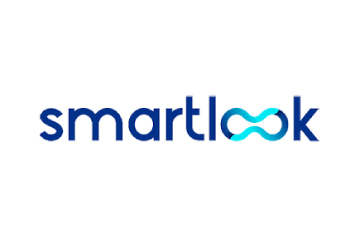

 Microsoft Dynamics 365 represents a robust cloud-based CRM solution with features such as pipeline assessment, relationship analytics, and conversational intelligence. It utilises AI-powered insights to provide actionable intelligence via predictive analytics, lead scoring, sentiment analysis, etc. Currently, Microsoft operates in 190 countries and is made up of more than 220,000 employees worldwide.
Microsoft Dynamics 365 represents a robust cloud-based CRM solution with features such as pipeline assessment, relationship analytics, and conversational intelligence. It utilises AI-powered insights to provide actionable intelligence via predictive analytics, lead scoring, sentiment analysis, etc. Currently, Microsoft operates in 190 countries and is made up of more than 220,000 employees worldwide.
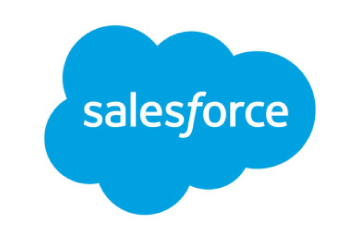
 HubSpot is an inbound marketing, sales, and customer service software provider, offering robust CRM and automation solutions. Some of its products include Marketing Hub, Sales Hub, Operations Hub, Content Hub, Commerce Hub, Marketing Analytics and Dashboard Software. Guided by its inbound methodology, HubSpot enables companies to prioritise innovation and customer success.
HubSpot is an inbound marketing, sales, and customer service software provider, offering robust CRM and automation solutions. Some of its products include Marketing Hub, Sales Hub, Operations Hub, Content Hub, Commerce Hub, Marketing Analytics and Dashboard Software. Guided by its inbound methodology, HubSpot enables companies to prioritise innovation and customer success.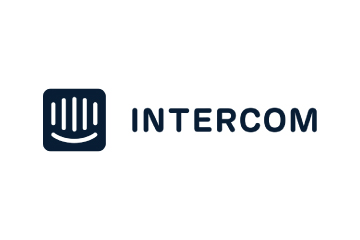
 Monday.com is a project management software company, offering a cloud-based platform that enables businesses
Monday.com is a project management software company, offering a cloud-based platform that enables businesses 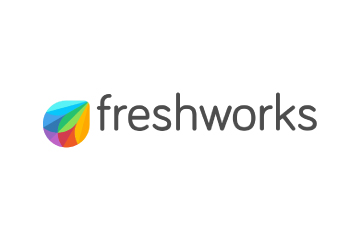 Headquartered in San Mateo, California, Freshworks is a global AI-powered business software provider. Its tech stack includes a scalable and comprehensive suite for IT, customer support, sales, and marketing teams, ensuring value for immediate business impact. Its product portfolio includes Customer Service Suite, Freshdesk, Freshchat, Freshcaller, Freshsuccess, and Freshservice. Freshservice for Business Teams has helped several global organisations to enhance their operational efficiency.
Headquartered in San Mateo, California, Freshworks is a global AI-powered business software provider. Its tech stack includes a scalable and comprehensive suite for IT, customer support, sales, and marketing teams, ensuring value for immediate business impact. Its product portfolio includes Customer Service Suite, Freshdesk, Freshchat, Freshcaller, Freshsuccess, and Freshservice. Freshservice for Business Teams has helped several global organisations to enhance their operational efficiency.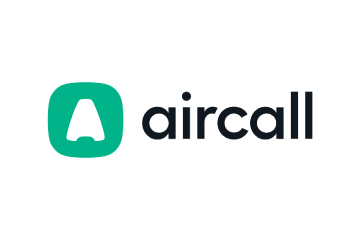
 Talkdesk offers an innovative AI-powered customer-centric tech stack to its global partners. The company provides generative AI integrations, delivering industry-specific solutions to its customers. Talkdesk CX Cloud and Industry Experience Clouds utilise modern machine learning and language models to enhance contact centre efficiency and client satisfaction.
Talkdesk offers an innovative AI-powered customer-centric tech stack to its global partners. The company provides generative AI integrations, delivering industry-specific solutions to its customers. Talkdesk CX Cloud and Industry Experience Clouds utilise modern machine learning and language models to enhance contact centre efficiency and client satisfaction.



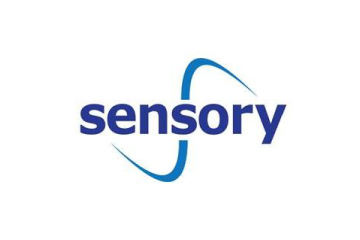
 The company offers comprehensive cloud-based solutions, such as Microsoft Dynamics 365, Gaming Consoles, Microsoft Advertising, Copilot, among other things, to help organisations offer enhanced CX and ROI. Its generative-AI-powered speech and voice recognition solutions,such as Cortana and Azure Speech Services empowers developers to build intelligent applications.
The company offers comprehensive cloud-based solutions, such as Microsoft Dynamics 365, Gaming Consoles, Microsoft Advertising, Copilot, among other things, to help organisations offer enhanced CX and ROI. Its generative-AI-powered speech and voice recognition solutions,such as Cortana and Azure Speech Services empowers developers to build intelligent applications. IBM is a global hybrid cloud and AI-powered
IBM is a global hybrid cloud and AI-powered  Uniphore is an enterprise-class, AI-native company that was incubated in 2008. Its enterprise-class multimodal AI and data platform unifies all elements of voice, video, text and data by leveraging Generative AI, Knowledge AI, Emotion AI and workflow automation. Some of its products include U-Self Serve, U-Assist, U-Capture, and U-Analyze. Its Q for Sale is a conversational intelligence software that guides revenue teams with AI-powered insights, offering clarity on how to effectively keep prospects engaged.
Uniphore is an enterprise-class, AI-native company that was incubated in 2008. Its enterprise-class multimodal AI and data platform unifies all elements of voice, video, text and data by leveraging Generative AI, Knowledge AI, Emotion AI and workflow automation. Some of its products include U-Self Serve, U-Assist, U-Capture, and U-Analyze. Its Q for Sale is a conversational intelligence software that guides revenue teams with AI-powered insights, offering clarity on how to effectively keep prospects engaged. Google Cloud accelerates every organisation’s ability to digitally transform its business. Its enterprise-grade solutions leverage modern technology to solve the most criticial business problems
Google Cloud accelerates every organisation’s ability to digitally transform its business. Its enterprise-grade solutions leverage modern technology to solve the most criticial business problems  8×8 offers out-of-the-box contact centre solutions, assisting all-size businesses to efficiently meet customer needs and preferences. It offers custom CRM integrations support and integrates effortlessly with third-party CRMs like Salesforce, Microsoft Dynamics, Zendesk, and more. Offering global support in all time zones & development teams in 5 continents, its patented geo-routing solution ensures consistent voice quality.
8×8 offers out-of-the-box contact centre solutions, assisting all-size businesses to efficiently meet customer needs and preferences. It offers custom CRM integrations support and integrates effortlessly with third-party CRMs like Salesforce, Microsoft Dynamics, Zendesk, and more. Offering global support in all time zones & development teams in 5 continents, its patented geo-routing solution ensures consistent voice quality. Sprinklr is a comprehensive enterprise software company for all customer-focused functions. With advanced AI, Sprinklr’s unified customer experience management (Unified-CXM) platform lets organisations offer human experiences to every customer, every time, across any modern channel.
Sprinklr is a comprehensive enterprise software company for all customer-focused functions. With advanced AI, Sprinklr’s unified customer experience management (Unified-CXM) platform lets organisations offer human experiences to every customer, every time, across any modern channel.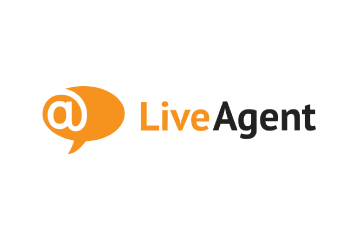


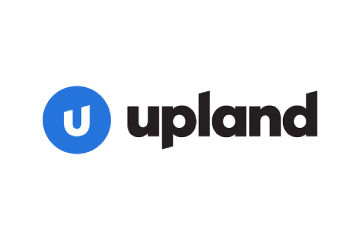 Upland offers a comprehensive suite of contact centre and customer service solutions with products including InGenius, Panviva, Rant & Rave, and RightAnswers. InGenius enables organisations to connect their existing phone system with CRM, further enhancing agent productivity. Panviva provides compliant and omnichannel capabilities for highly regulated industries. Whereas, Rant & Rave, and RightAnswers are its AI-powered solutions,
Upland offers a comprehensive suite of contact centre and customer service solutions with products including InGenius, Panviva, Rant & Rave, and RightAnswers. InGenius enables organisations to connect their existing phone system with CRM, further enhancing agent productivity. Panviva provides compliant and omnichannel capabilities for highly regulated industries. Whereas, Rant & Rave, and RightAnswers are its AI-powered solutions, 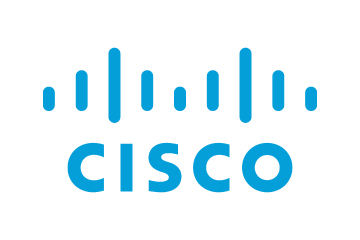

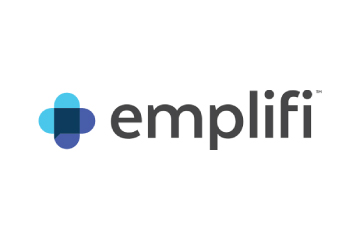
 Hootsuite, headquartered in Vancouver, is a social media management platform that streamlines the process of managing multiple social media accounts. Some of its core offerings include social media content planning and publishing, audience engagement tools, analytics and social advertising. Its easy-to-integrate capabilities help marketing teams to schedule and publish social media posts efficiently.
Hootsuite, headquartered in Vancouver, is a social media management platform that streamlines the process of managing multiple social media accounts. Some of its core offerings include social media content planning and publishing, audience engagement tools, analytics and social advertising. Its easy-to-integrate capabilities help marketing teams to schedule and publish social media posts efficiently.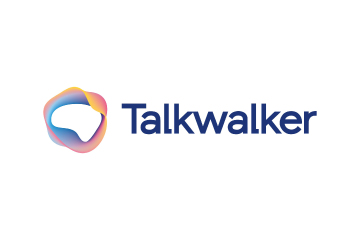
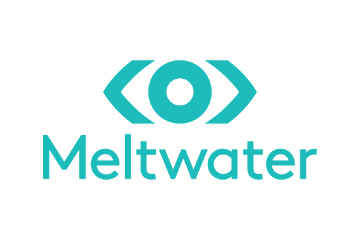
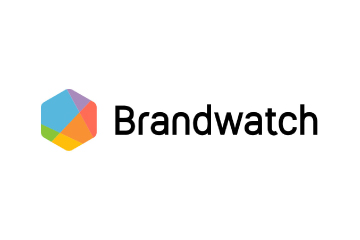 Brandwatch enables businesses to build and scale the optimal strategy for their clients with intuitive, use-case-focused tools that are easy and quick to master. Bringing together consumer intelligence and social media management, the company helps its users react to the trends that matter, collaborate on data-driven content, shield the brand from threats and manage all the social media channels at scale.
Brandwatch enables businesses to build and scale the optimal strategy for their clients with intuitive, use-case-focused tools that are easy and quick to master. Bringing together consumer intelligence and social media management, the company helps its users react to the trends that matter, collaborate on data-driven content, shield the brand from threats and manage all the social media channels at scale.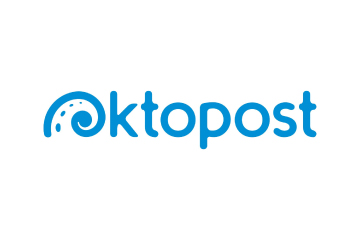
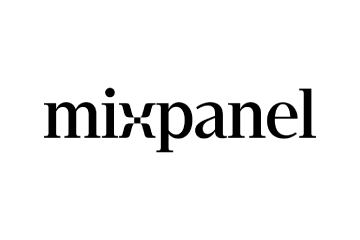
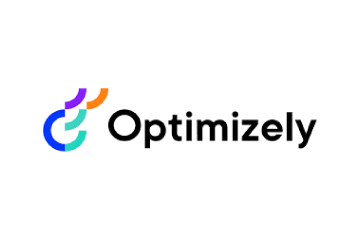
 Adobe Experience Cloud offers a comprehensive set of applications, capabilities, and services specifically designed to address day-to-day requirement for personalised customer experiences at scale. Its platform helps play an essential role in managing different digital content or assets to improve customer happiness. Its easy-to-optimise content gives users appropriate marketing streams, ensuring product awareness.
Adobe Experience Cloud offers a comprehensive set of applications, capabilities, and services specifically designed to address day-to-day requirement for personalised customer experiences at scale. Its platform helps play an essential role in managing different digital content or assets to improve customer happiness. Its easy-to-optimise content gives users appropriate marketing streams, ensuring product awareness.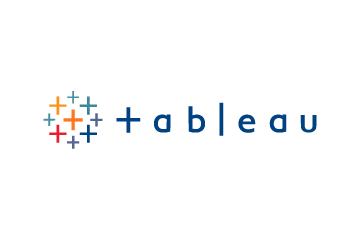 Salesforce-owned Tableau is an AI-powered analytics and business intelligence platform, offering the breadth and depth of capabilities that serve the requirements of global enterprises in a seamless, integrated experience. Marketers can utilise generative AI models, AI-powered predictions, natural language querying, and recommendationsons.
Salesforce-owned Tableau is an AI-powered analytics and business intelligence platform, offering the breadth and depth of capabilities that serve the requirements of global enterprises in a seamless, integrated experience. Marketers can utilise generative AI models, AI-powered predictions, natural language querying, and recommendationsons.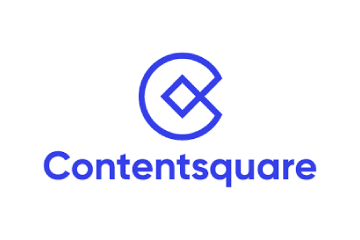 Contentsquare is a cloud-based digital experience analytics platform, helping brands track billions of digital interactions, and turn those digital
Contentsquare is a cloud-based digital experience analytics platform, helping brands track billions of digital interactions, and turn those digital 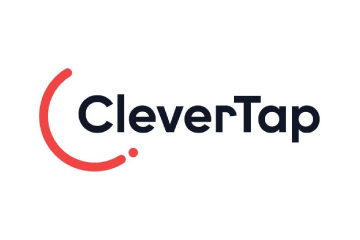
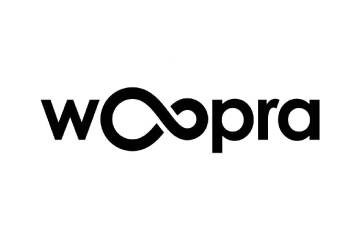
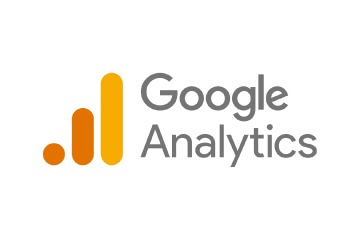
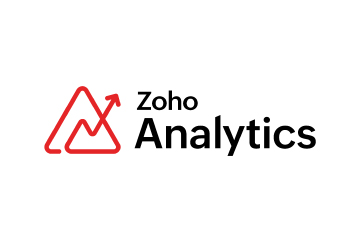 Zoho Corporation offers innovative and tailored software to help leaders grow their business. Zoho’s 55+ products aid sales and marketing, support and collaboration, finance, and recruitment requirements. Its customer analytics capabilities come with a conversational feature, Ask Zia. It enables users to ask questions and get insights in the form of reports and widgets in real-time.
Zoho Corporation offers innovative and tailored software to help leaders grow their business. Zoho’s 55+ products aid sales and marketing, support and collaboration, finance, and recruitment requirements. Its customer analytics capabilities come with a conversational feature, Ask Zia. It enables users to ask questions and get insights in the form of reports and widgets in real-time.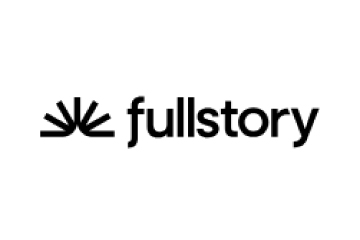 Fullstory is a behavioural data platform, helping C-suite leaders make informed decisions by injecting digital behavioural data into its analytics stack. Its patented technology uncovers the power of quality behavioural data at scale, transforming every digital visit into actionable insights. Enterprises can increase funnel conversion and identify their highest-value customers effortlessly.
Fullstory is a behavioural data platform, helping C-suite leaders make informed decisions by injecting digital behavioural data into its analytics stack. Its patented technology uncovers the power of quality behavioural data at scale, transforming every digital visit into actionable insights. Enterprises can increase funnel conversion and identify their highest-value customers effortlessly.
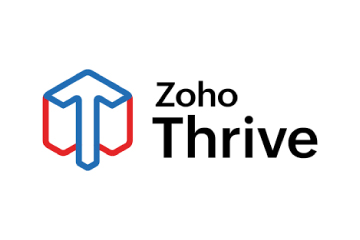
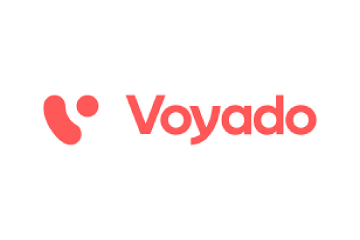 Started in 2005 in a Sweden-based small town, Norrköping, Voyado offers a customer experience cloud platform that includes a customer loyalty management system. This platform helps businesses design and implement customer loyalty programs, track customer
Started in 2005 in a Sweden-based small town, Norrköping, Voyado offers a customer experience cloud platform that includes a customer loyalty management system. This platform helps businesses design and implement customer loyalty programs, track customer 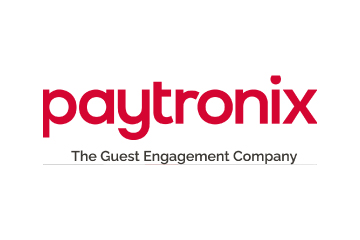
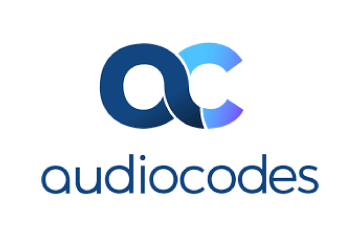


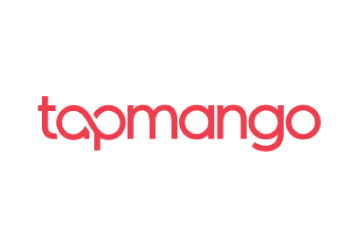 TapMango provides a comprehensive, customisable, flexible and feature-rich customer loyalty program. The loyalty tools include an integrated suite of customised consumer-facing technology, easy-to-use merchant tools, and automation algorithms, all aimed at enhancing customer experience. Adaptable to any industry, TapMango’s platform helps merchants compete with larger chains, converting customer one-time purchases into profitable spending habits.
TapMango provides a comprehensive, customisable, flexible and feature-rich customer loyalty program. The loyalty tools include an integrated suite of customised consumer-facing technology, easy-to-use merchant tools, and automation algorithms, all aimed at enhancing customer experience. Adaptable to any industry, TapMango’s platform helps merchants compete with larger chains, converting customer one-time purchases into profitable spending habits.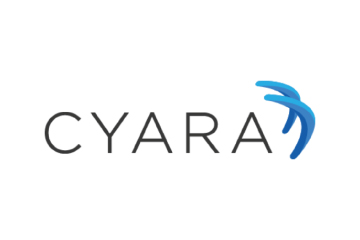
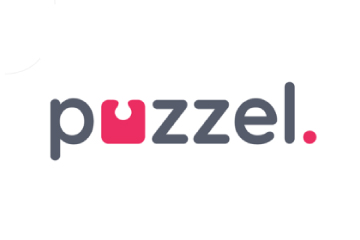
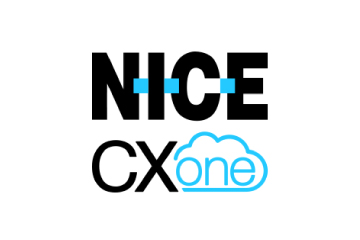
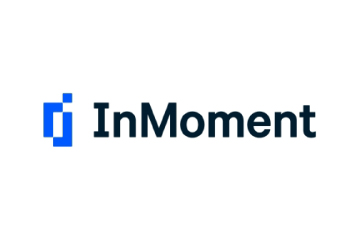

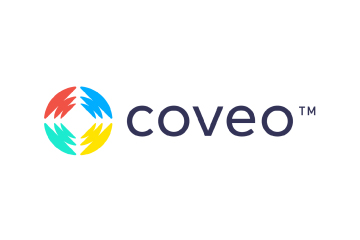
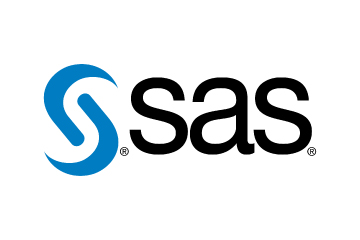
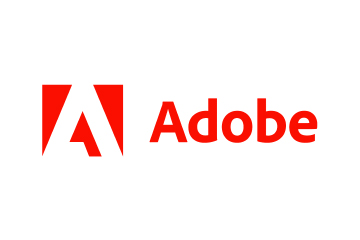 Adobe Experience Cloud offers a comprehensive set of applications, capabilities, and services specifically designed to address day-to-day requirements for personalised customer experiences at scale. Its innovative platform has played an essential role in managing different digital content or assets, to improve customer happiness or satisfaction. Some of its products include Adobe Gen Studio, Experience Manager Sites, Real-time CDP, and Marketo Engage.
Adobe Experience Cloud offers a comprehensive set of applications, capabilities, and services specifically designed to address day-to-day requirements for personalised customer experiences at scale. Its innovative platform has played an essential role in managing different digital content or assets, to improve customer happiness or satisfaction. Some of its products include Adobe Gen Studio, Experience Manager Sites, Real-time CDP, and Marketo Engage.

